Monday, May 2, 2016
Some people may think I was crazy to spend my birthday visiting Auschwitz. But sometimes, to celebrate life, one needs to reflect on death.
It was late spring, but it was still cold outside. Most of us had jackets on. Up above, the sky was covered with heavy clouds. In a way, I was glad that it wasn’t a sunny day the day I visited Auschwitz, a place so dark that one could believe the sun would never shine on Auschwitz.
The Auschwitz Concentration Camp is the Nazi’s most notorious death camp. It is arguably, the twentieth century symbol of human suffering and the extent of human cruelty, all at the same time. Whenever I think of Auschwitz, I have always questioned humanity. How could one subject another to such cruelty? It’s madness beyond one’s imagination.
The significance of Auschwitz in modern history has always interest me. Three weeks ago, I finally made the trip to Auschwitz.
For those who didn’t know
Despite the books and articles I’ve read, and documentaries and films I’ve seen on Auschwitz, my knowledge was lacking the basic information. The Nazi built three separate camps at Auschwitz.
- Auschwitz I – The first camp built by the Nazi, it was effectively an army barrack before it functioned as the headquarter for the SS and for the first experiments and murders.
- Auschwitz II (Birkenau) – The biggest camp, three kilometers away from Auschwitz I. This was where most of the mass killing in gas chambers took place.
- Monowitz (Buna) – This was mainly a labour camp and had been mainly destroyed.
In total, there were 12,000 concentration camps across Europe with Birkenau, being the largest.
Auschwitz I
There was an outdoor exhibition outside of the Auschwitz I gate. While waiting for our tour guide and audio devices, I went to look at some of the photos. It surprised me that tears started to fall down my cheeks. None of my ancestors were victims nor survivors of the holocaust. I thought that I’ll be impartial, lacking the ability to relate to the victims and the past. But in truth, this is not about whether you have family connection or not. Humanity dictates that no one should have to undergo such inhumane treatment. And to see the faces of the inmates staring back at you, with eyes filled with a glimmer of hope and the will to live despite their skeletal bodies, put me to tears. I had not even entered Auschwitz and there I was, in tears. I feared that I would be an emotional wreck that day but as soon as our tour began, I felt numb.
Choosing to visit Auschwitz with a guide, the tour started under the infamous sign “ARBEIT MACHT FREI”: Work sets (you) free. Ironic to say the least. I wonder whether any of the prisoners were fooled into believing the slogan. For most of them, the trip to Auschwitz was a one way trip and they would never walk back under the metal sign on their way out to freedom.
Beyond the sign, we entered the prison proper. Red brick blocks were arranged in rows. Tall trees neatly lined the streets. Nowadays, some of the blocks have been turned into museums but besides that, the place have mostly been left untouched from the days of the Nazi occupation. If it weren’t for the knowledge of the atrocities that happened there and the wooden watchtowers and barbed wire, the place could have even been a university campus. Crazy, I know.
The museums
Our tour guide took us straight to Block 4, located at the corner of the second intersection after we walked under the metal sign on entrance to the camp. However, there was a big group in front of us waiting to enter Block 4, so our tour guide decided to go straight to Block 6 first.
Block 6 holds an Exhibition of Everyday Life of Prisoners. On entering the building, you would see mugshot-style photos lining both sides of the walls. Each showed the prisoner in stripped uniforms, beneath which was a name, the date they entered the camp and the date they died. I looked at one photo. He only survived two weeks in the camp.
Initially, the Nazi took photos as a form of identification of the prisoners. However, as film was scarce during the war time and due to the huge number of prisoners sent to Auschwitz, the Nazi soon abandoned this method and started to tattoo the inmates with numbers on their arms. Auschwitz is the only camp that used this method of identification. Names became irrelevant. You were called by numbers.
All prisoners were assigned prison uniforms. On the chest of each uniform was distinguishing marks so you’d know what prisoner you were dealing with. For example: upside down triangle in red: political prisoner, upside down triangle in pink: homosexual, SU: Soviet prisoner and so forth. The uniforms looked like pajamas. We are almost into summer and I still had my jacket on that day. I cannot even start to imagine how the inmates survived through winter in those uniforms. Needless to say, many did not.
Later, we moved on to Block 7 which holds the Exhibition of the Sanitary and Living Condition. Here you could see the straw-stuffed mattresses laid on the floor that inmates slept on the first few months after Auschwitz was used as a concentration camp. That was before the bunk beds were brought in. You could also see the washroom and toilets.
Sanitation was poor. There were limited facilities to accommodate the increasing number of inmates. It was not a surprise that there was an epidemic outbreak. Many inmates died of poor living condition. The inmates were so filthy that even the Nazi did not want to be near them. Instead they picked German prisoners and trained them to be guards. An ironic case of prisoners guarding the prisoners.
After Block 7, we went to Block 11: The Death Block. The condition at Auschwitz was harsh as the SS developed increasingly cruel treatments for prisoners who were seen to have “stepped out of line”. Most of the punishments took place at Block 11. The block contained special torture chambers. Some inmates were locked up in dark chambers whereas some had to endure the standing cells where lack of space forced the inmates to stand all night long, and still forced to work during the day. Those condemned to starvation cells were left to die of hunger. There were also cells where inmates were deprived of air and left to suffocate. It was at Block 11 that the first experiment of mass killing using Zyclon-B took place.
Between Block 10 and Block 11 stood the Death Wall where thousands of prisoners were lined up for execution by the firing squad. The wall was destroyed and later reconstructed after the WWII.
Block 10 is infamous for the block where Dr Josef Mengele carried out his sadistic human experiment. He was particularly interested in identical twins. Dr Mengele himself did not perform any of the procedures but supervised the inmates who were doctors forced to work there. After the WWII ended, Dr Mengele fled to South America, where he died years later. He was never convicted for his crimes at Auschwitz. Curiously, on our visit, Block 10 was closed to public and the windows sealed so that no one could see what’s inside.
From the Death Wall, we turned back to Block 5. This block holds the Exhibition of the Material Evidence of Crimes. This is were the personal items of the prisoners were displayed. For many, this block is probably the hardest to visit as you see the victim’s belonging. There were piles of eyeglasses, mountains, and I am not exaggerating, of shoes, toiletries, pots and pans, suitcases – with names printed on them with chalk still visible. It was especially hard to see the children’s items. There was a broken doll on display, a dress, tiny shoes. I wondered how the toddler looked like. Would she have understood what was happening?
There was even a room which displayed human hair. We were told that they were hair from women who had been exterminated in the gas chambers. The hair was to be processed and woven into cloth which would later be used to make various products amongst them, the inmates uniforms. Out of respect, visitors are not allowed to take photos in this room.
We later entered Block 4 which holds the Exhibition on Extermination. The word “extermination” alone portrait how the victims were regarded like vermin. Block 4 displayed photographs mainly taken by the photographer commissioned by the Nazi, Wilhelm Brasse. Who knows why the Nazi wanted photos of their crimes taken. Maybe they wanted to send the photographs to Germany, to show Hitler how efficient their operation at Auschwitz was. Mr Brasse managed to bury thousands of negatives in the camp’s grounds, which were later recovered and helped convict some of the Nazis.
Block 4 also displayed a model of the gas chamber and a pile of empty tins of Zyclon-B.
On leaving Block 4, we were taken to the gas chamber.
The gas chamber is the biggest room in Auschwitz I. On entering the chamber, there was a sign reminding visitors to remain silent out of respect to those who died there. I don’t think people needed reminding.
Here, the victims were ushered and asked to remove all forms of clothing. To avoid protest, the Nazi told them that they were to take showers to be cleaned. To make it convincing, the chamber was also fitted with shower heads. But instead of water, Zyclon-B pallets were poured in, which turned into poisonous gas once contacted with air.
Next to the chamber was the crematorium where the bodies were burned to ashes.
Our tour of Auschwitz I ended there. I’d seen so many horrifying evidences of the holocaust in the past two hours but still, all I felt was numb.
We had a few minutes break before getting on the bus to Auschwitz II (Birkenau), about 5 minutes bus ride away.
Auschwitz II (Birkenau)
The construction of Birkenau started in October 1941 as part of a plan to ease congestion in Auschwitz I. Its sole purpose was for extermination, en mass. Even the location was chosen to fit the purpose: located near the main train station, an offshoot of the tracks lead straight down the middle of the camp.
What chills me the most about Birkenau is the grand scale of things that was orchestrated here. Birkenau is huge. As far as I can see, I saw camp grounds – 425 acres altogether. Its cold methodological design, its purpose and how the camp was run – with machine-like efficiency, displayed a clinical detachment of any emotion.
Besides the massive size of Birkenau, what struck me that day was how green the place was. I wonder whether it was as green back then. Probably not. Many of the buildings in Birkenau had been destroyed, replaced now by grass, although some of the buildings have since been reconstructed to show visitors what they once looked like. As we toured the camp grounds all that I could smell was fresh cut grass. And daisies. Daisies were everywhere. It just felt — wrong.
The prisoners were brought to Birkenau with the false promise of better condition. They usually arrive in a windowless cattle car and were brought straight to the selection platform at Birkenau. Here, they were sorted according to their “worth”. Most women and children were seen as of no value and sent to the gas chambers straight away. They go to the left. This group would account for majority of those who came to Auschwitz. The ones who were thought to be strong and healthy were spared to work in the camps. Read: delayed death. They go to the right. The selection happened so quickly that most of the prisoners were confused. Little did they know that either right or left meant life or death. Exhausted from their long journey, most of them only asked for some water. The Nazi ushered the prisoners and asked them to be quick. They were told that coffee was waiting for them. At this point, many family members got separated, never to see each other again.
If you follow the railway tracks, they will bring you close to the end of the camp where Krema II and Krema III were. Not far from there, a memorial have been created post war. You would see memorial plaques in the native language of the victims, including one in English.
The picture below shows the remains of Krema II. In total, there were four gas chambers in Birkenau. It chilled me to the bone when I heard stories of how the guards told the prisoners “remember where you left your clothes and shoes so that you can quickly find them after your shower”. Lies. Lies. Lies. And more lies.
Behind the crematorium, there is a pond where the human ashes were dumped. There is a stone marker at the spot that says “To the memory of the men, women and children who fell victim to the Nazi genocide. Here lie their ashes. May their souls rest in peace”. We stood there for a few minutes in silence, heads down and I am sure all of us said a silent prayer for the victims.
Our tour guide said that the number of death toll was so high that most days, the crematorium could not cope. The bodies would then be dumped in piles near the pond and the Nazi would burn them like bornfire. There are photographs to prove this. The complete lack of empathy for human life is just too appalling.
The wooden barracks like in the picture below, mainly housed the male prisoners, a few originally were stables. The current barracks are reconstruction. Here was where the inmates slept – on wooden slats, sideways in order to fit as may inmates as possible. These barracks were barely heated. Body heat from the inmates nearby was a source of warmth. But often times, one would wake up to a cold and still body next to them.
The latrines afforded little privacy. It must have been shoulder to shoulder, back to back – and that’s for those who managed to use them. There were insufficient number of facilities to begin with. Many rarely could wait for their turn and would soil their uniforms instead.
Below is the Death Barrack, the last place we visited before our tour ended.
Auschwitz was really hell on earth!
Why visit Auschwitz?
Many people have asked me why I felt compelled to visit Auschwitz. I asked them back, “Why not?”
Of course, Auschwitz is a grueling place to visit but I wanted to see first hand what it was like. Will I ever fully understand its existence, what the inmates actually went through and felt? No. Never.
All I know is that, it is important to keep the memories alive. There is no denying that the holocaust happened. It changed the course of the twentieth century and its effect is still felt by many to this day. Learn from the past and don’t let it happen again.
Unfortunately, we are a species with short term memory. Let’s face the facts. Genocide did not end with Auschwitz. Look at what happened in Bosnia and Rwanda. What is happening now to Syria and to the Palestinians. That is just to name a few. Don’t we ever learn? Let’s make peace, not war. I think we are all guilty if we choose to ignore all these.
“Those who do not remember the past are condemned to repeat it” George Santayana.
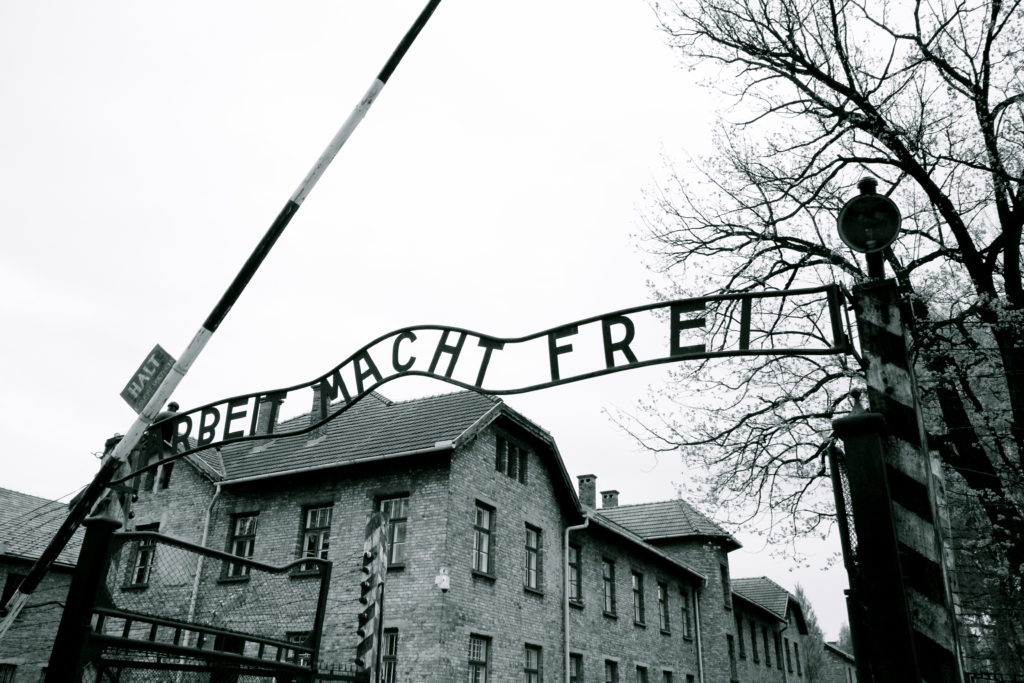
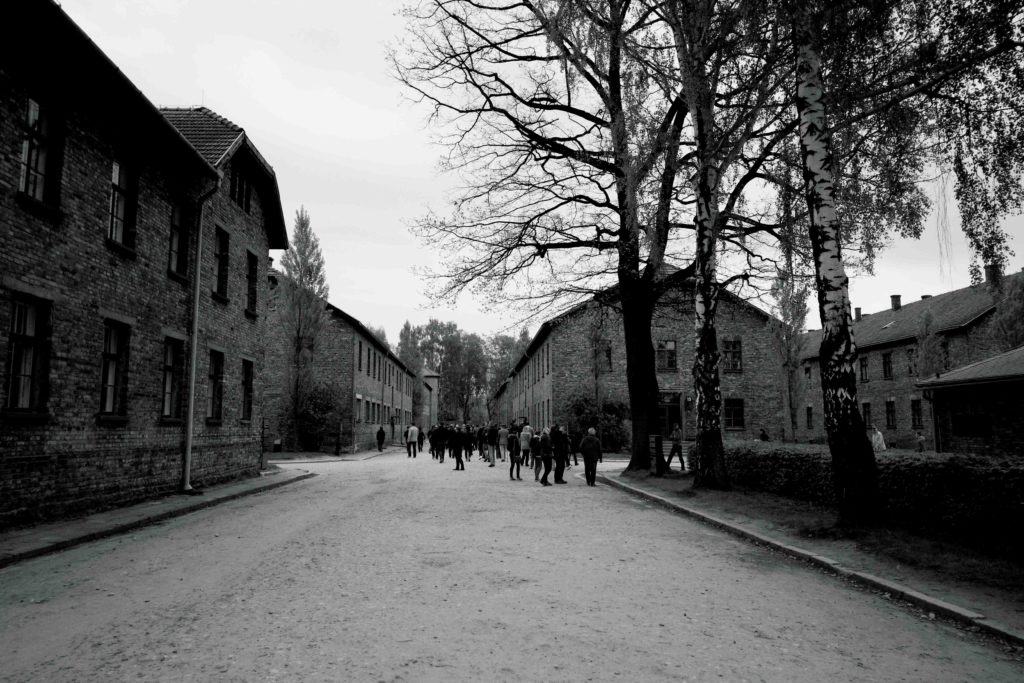
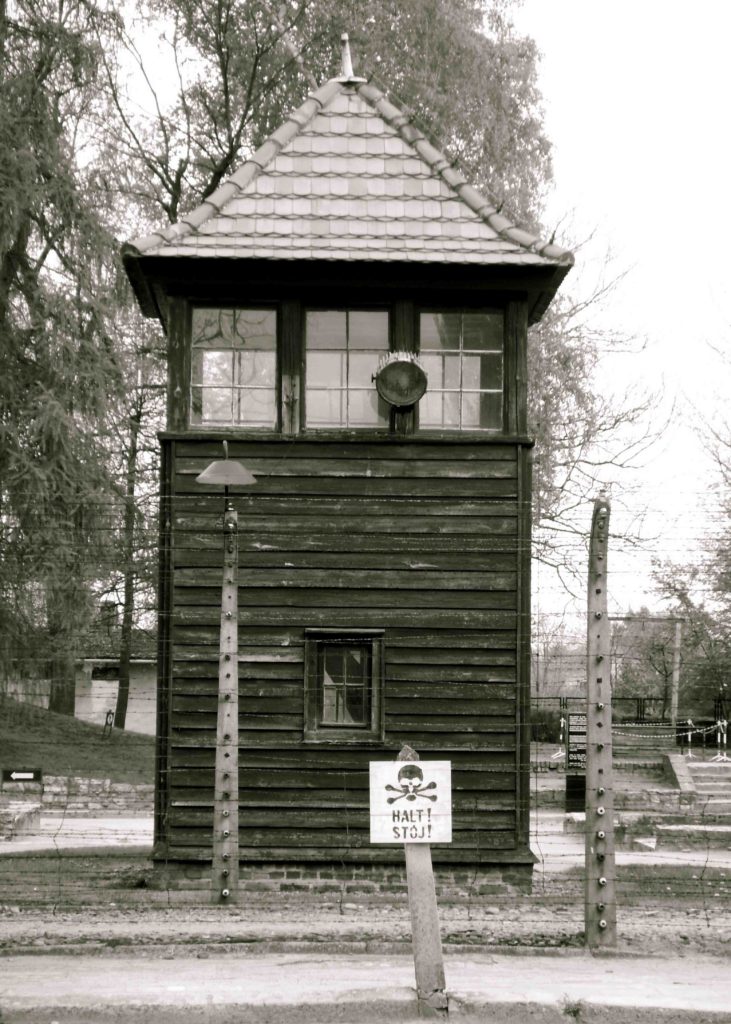
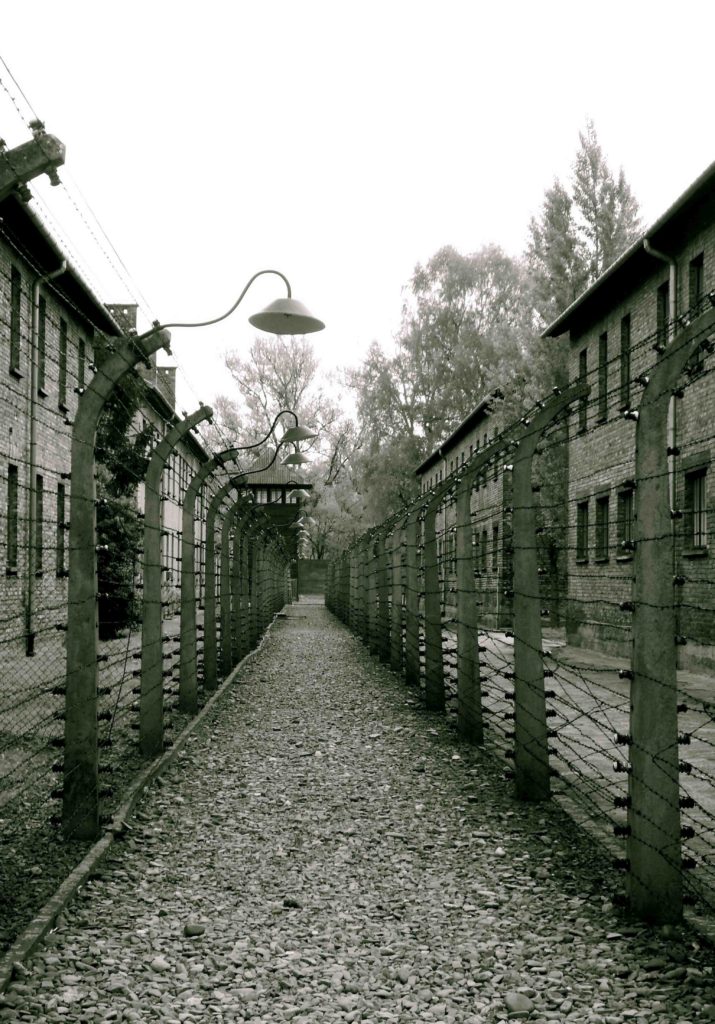
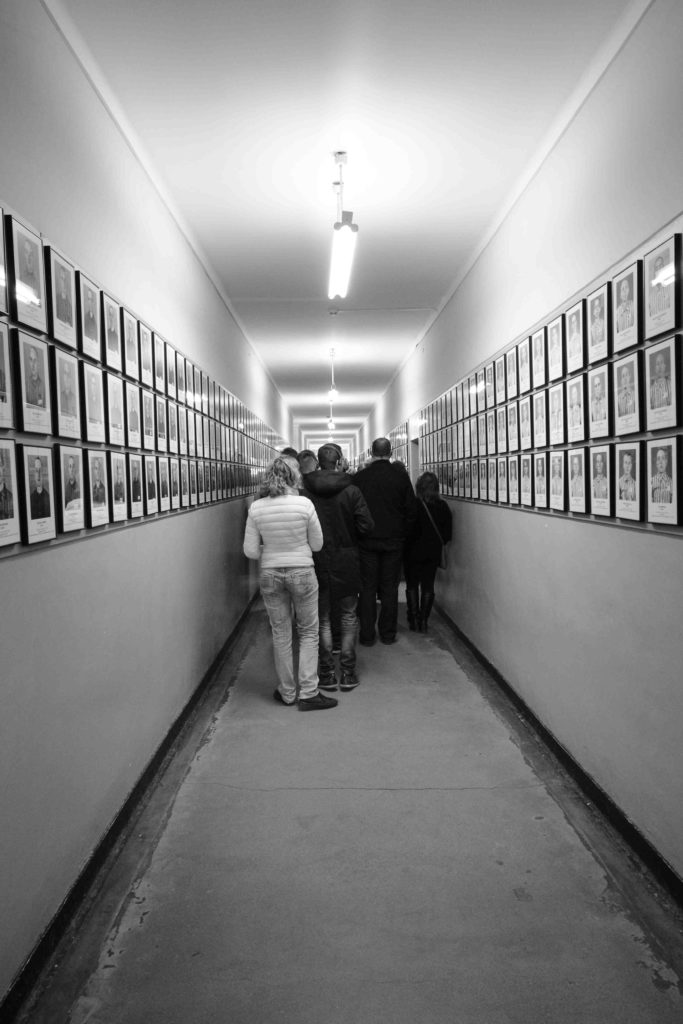
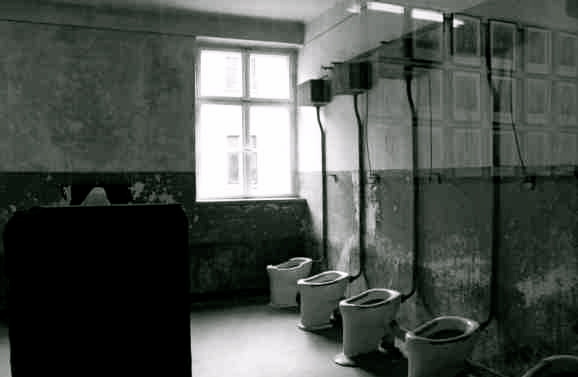
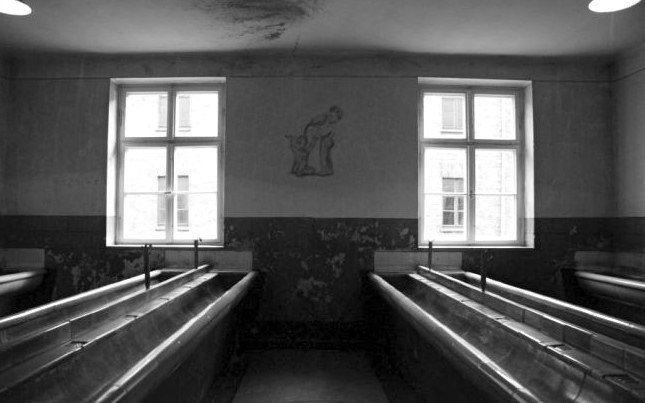
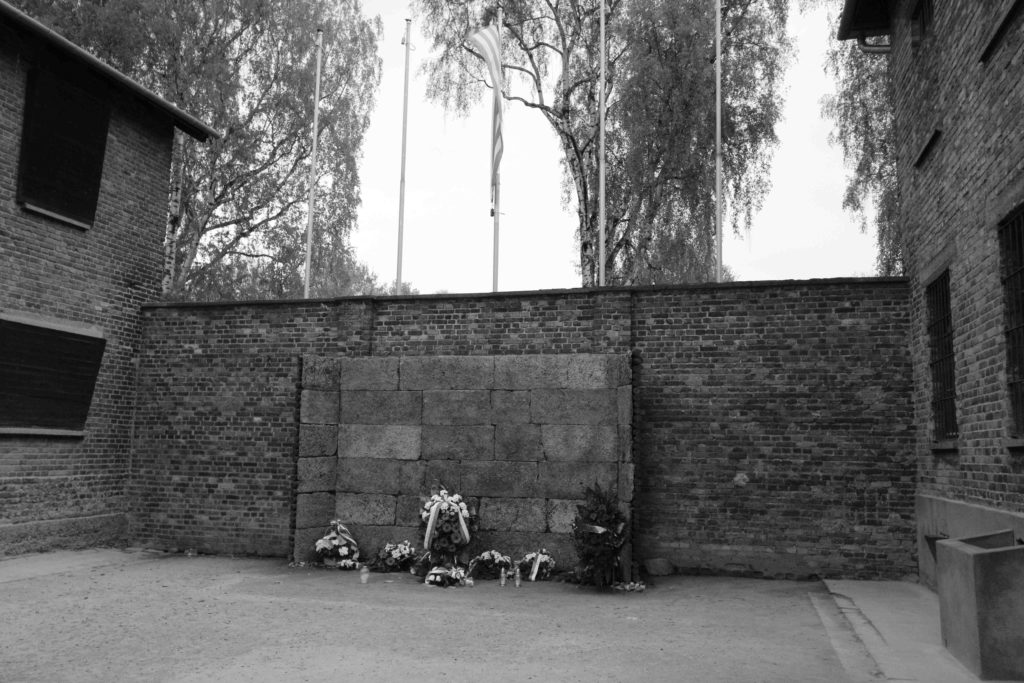
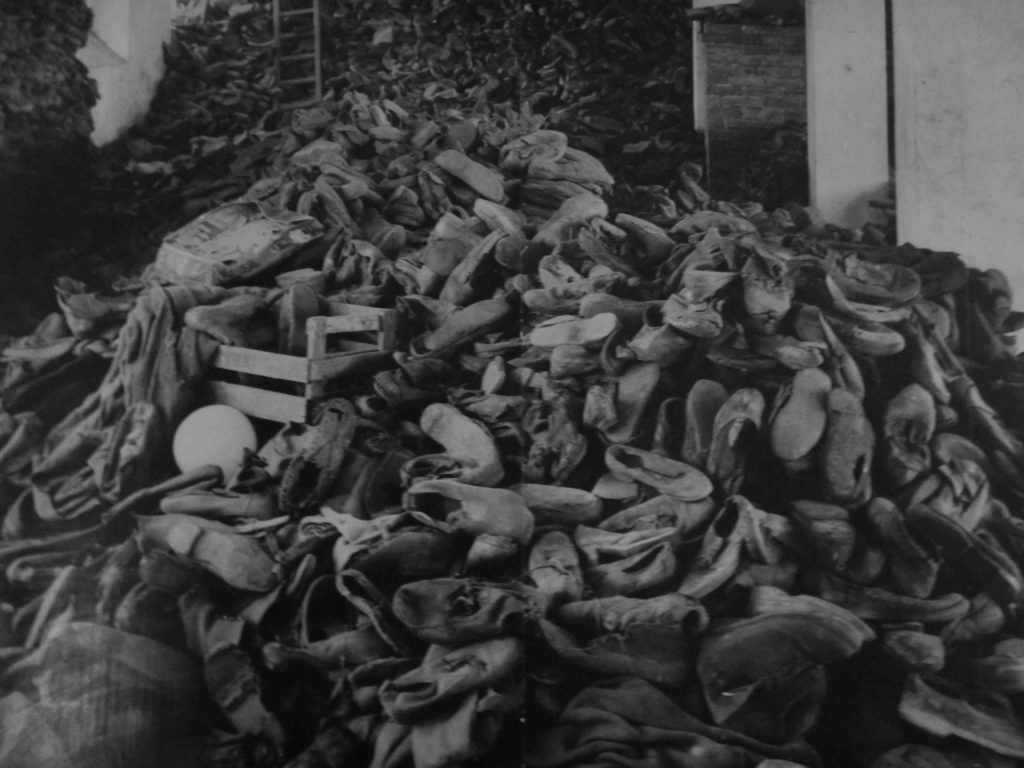
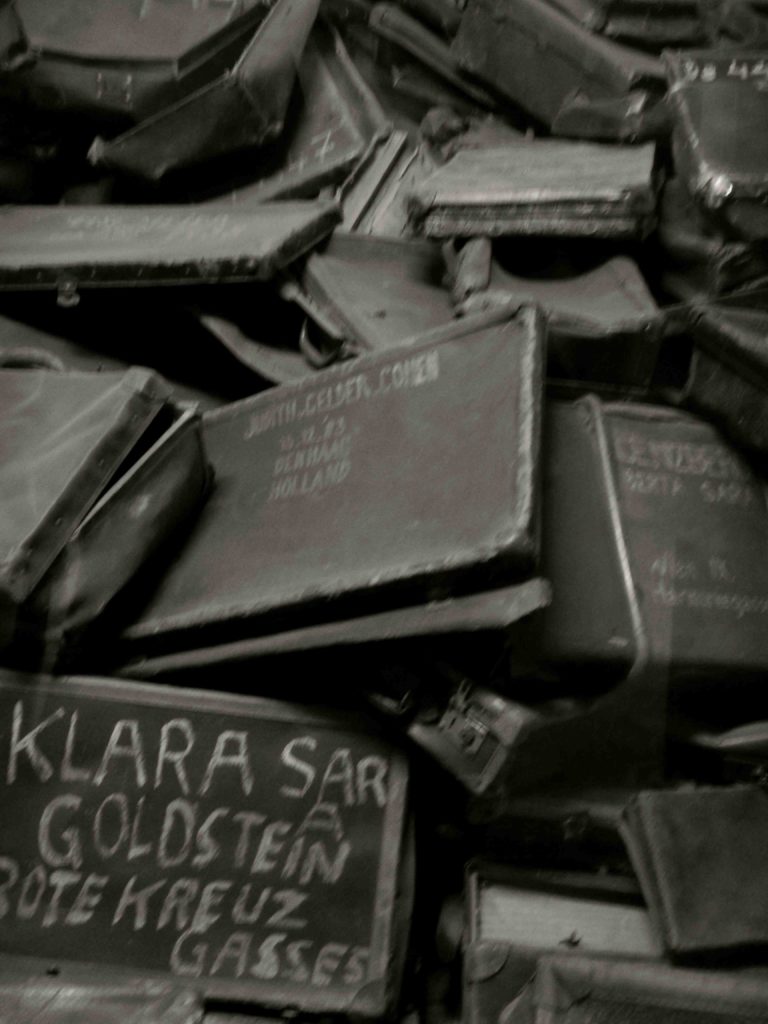
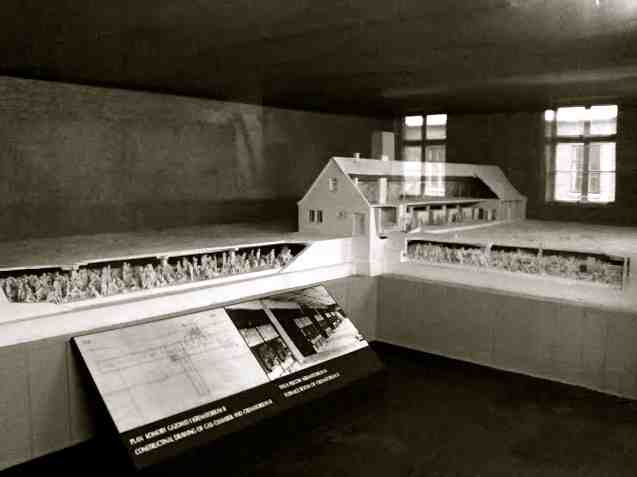
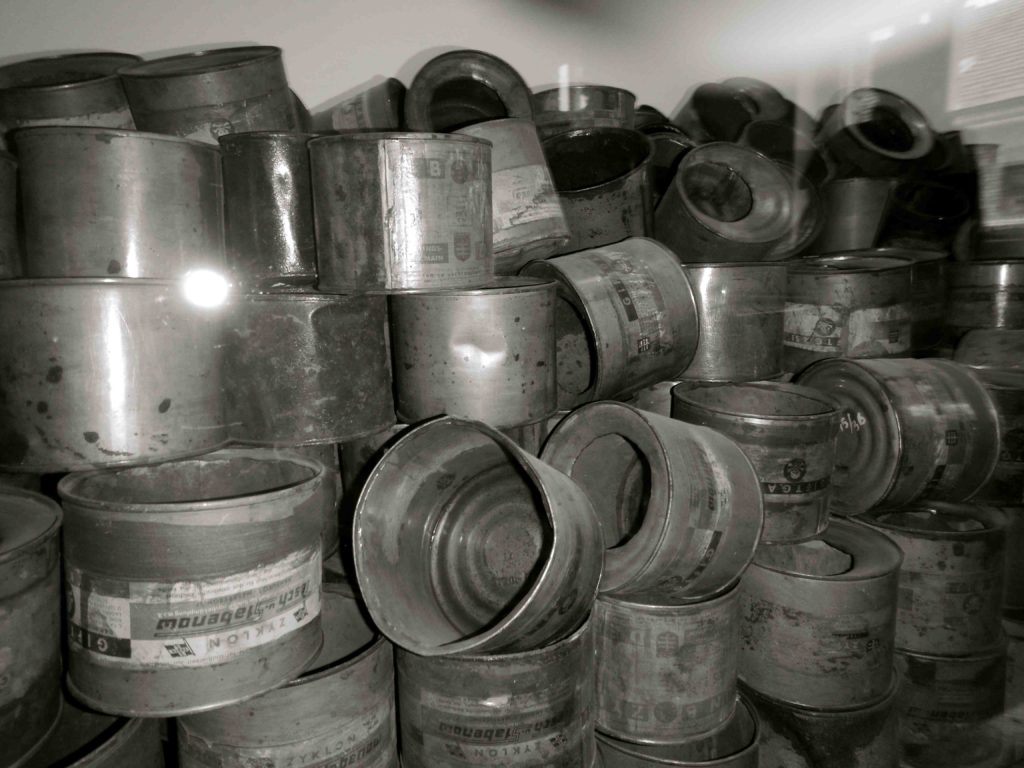
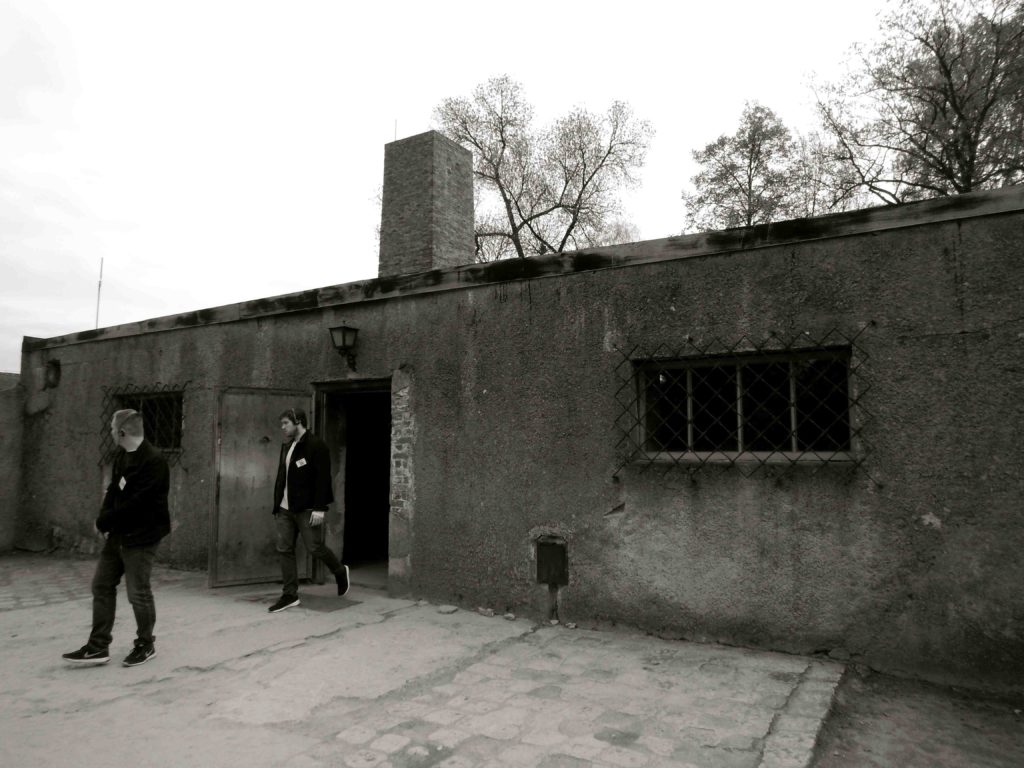
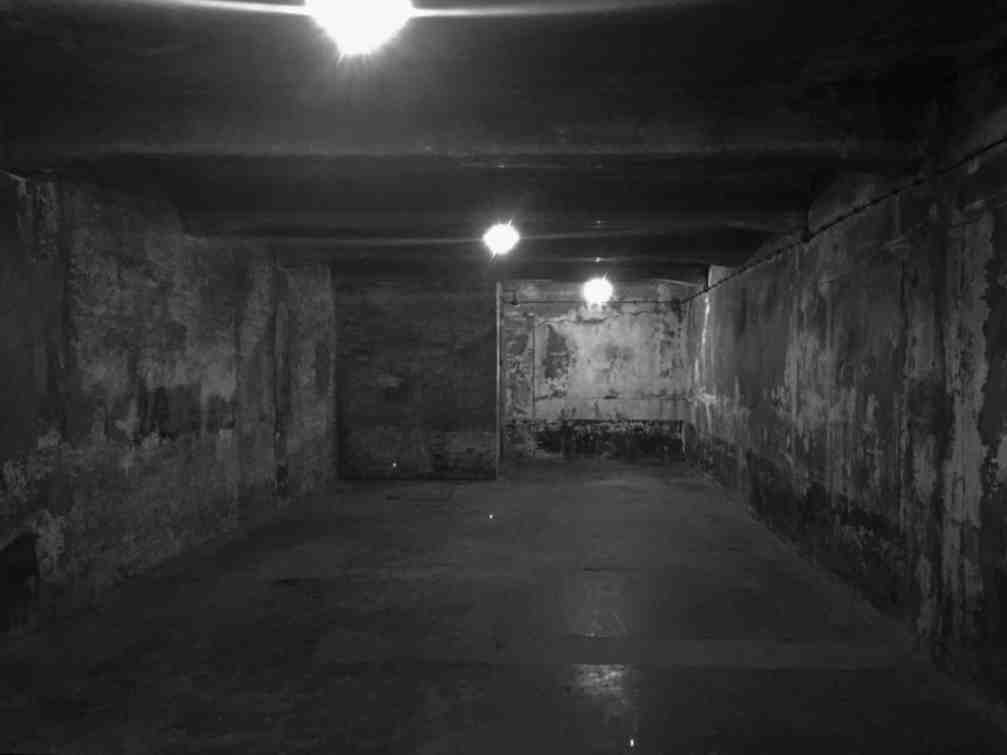
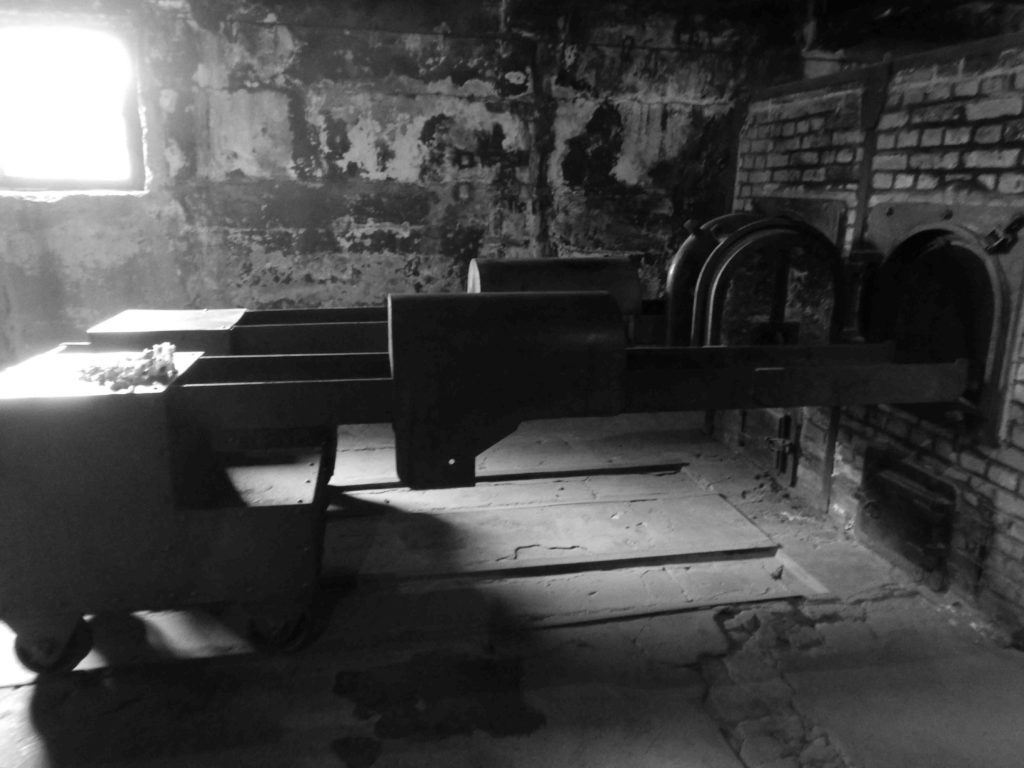
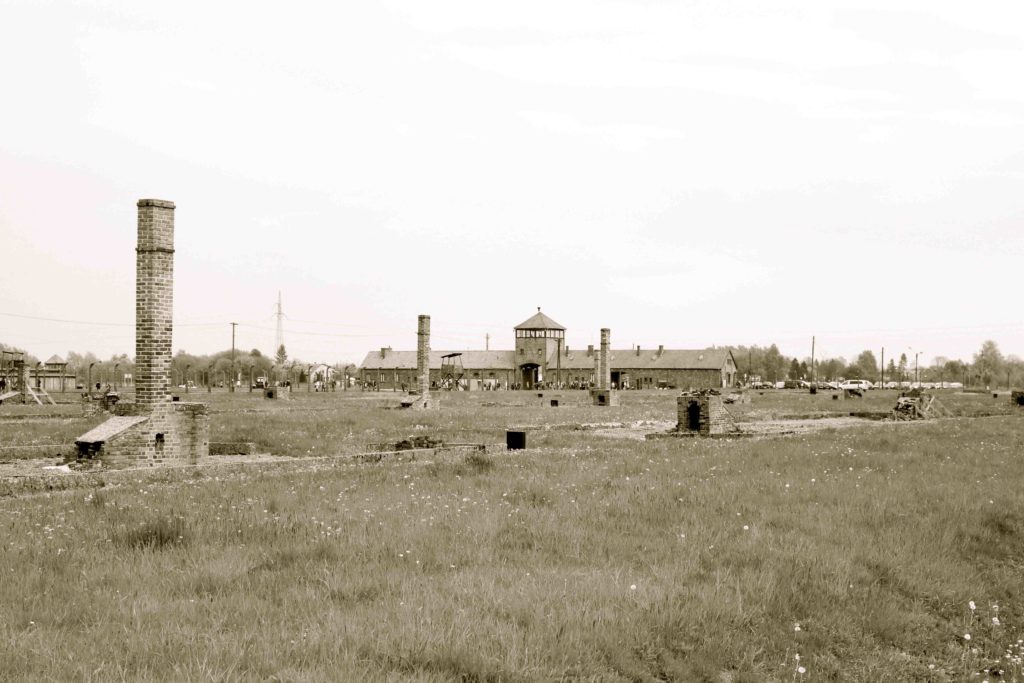
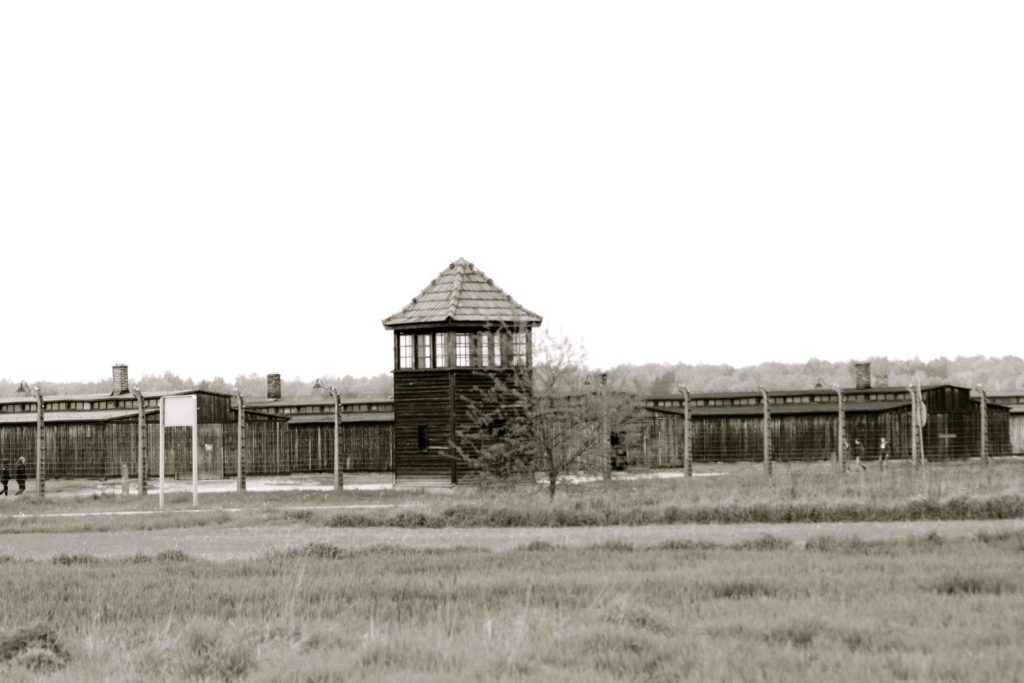
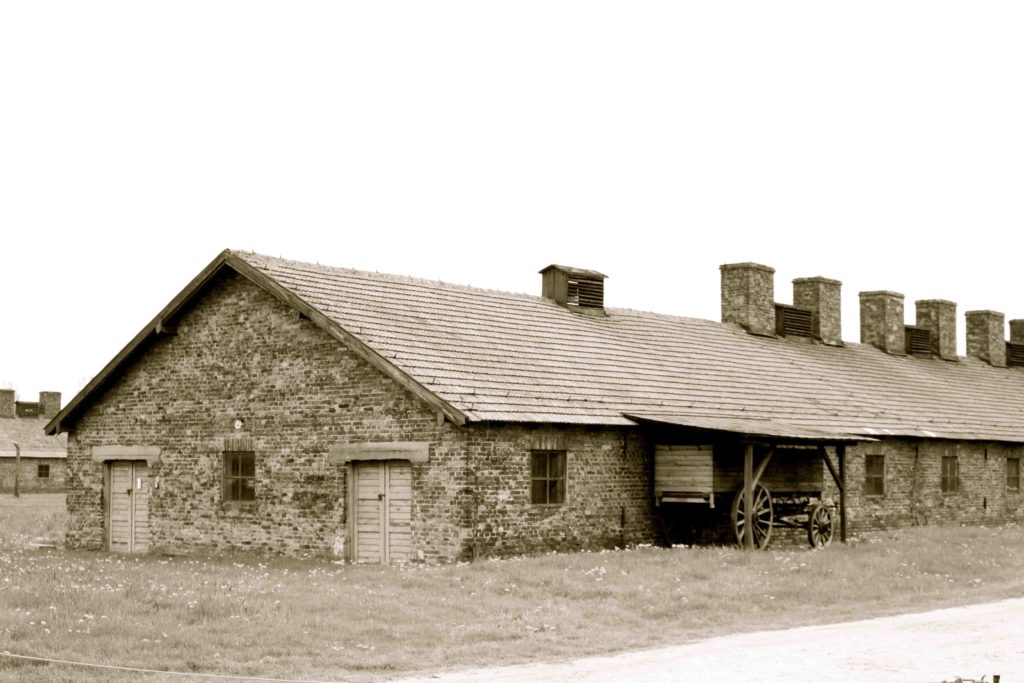
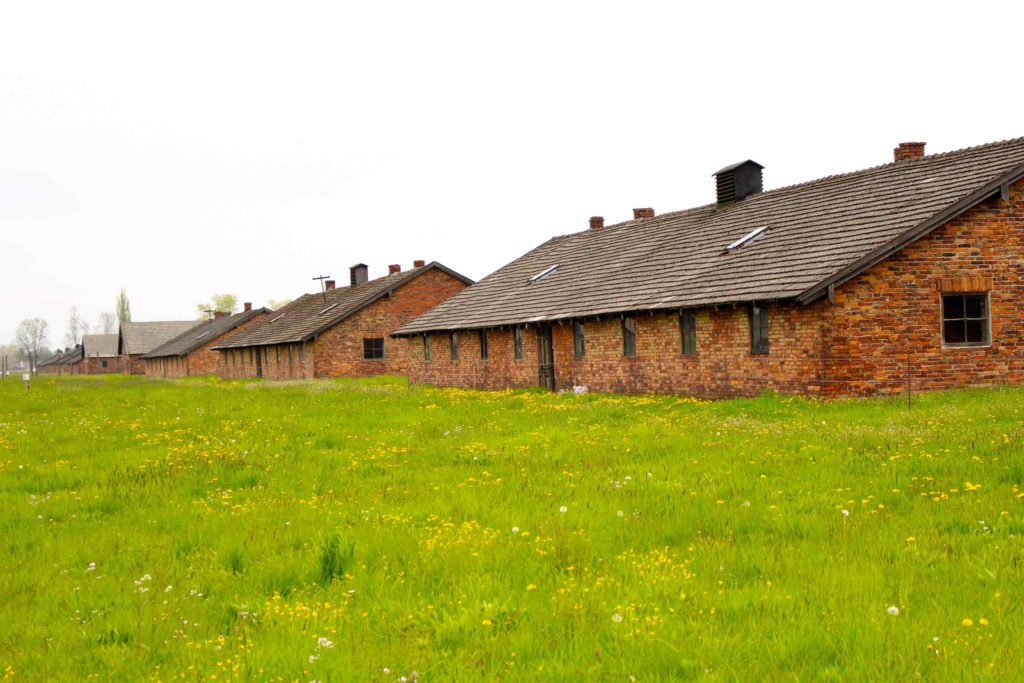
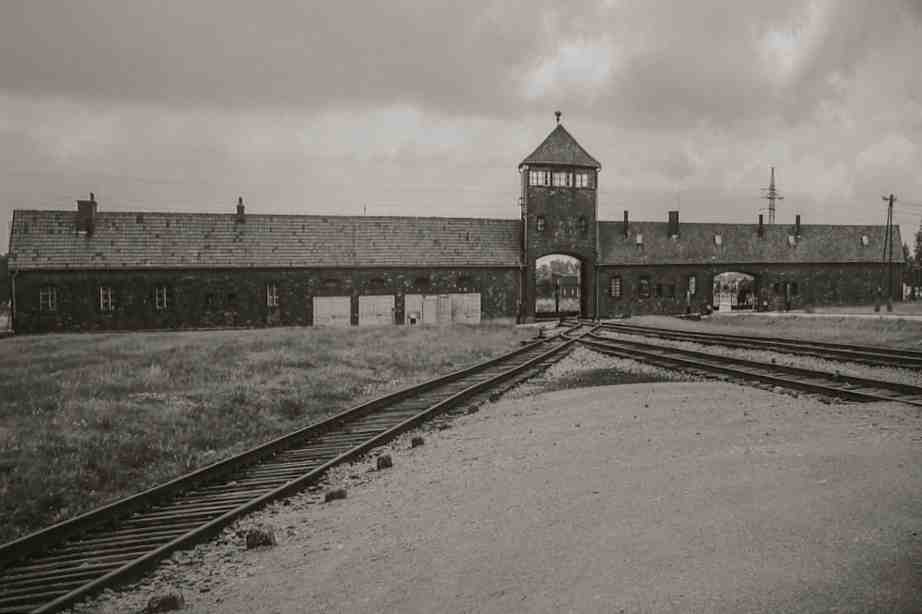
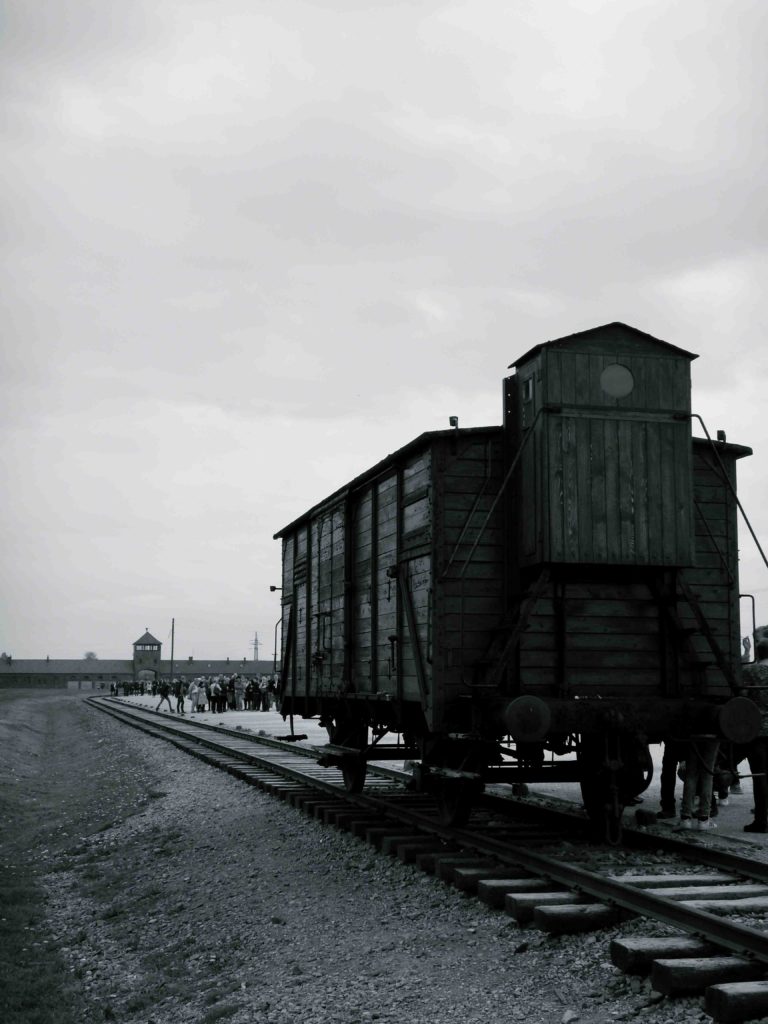
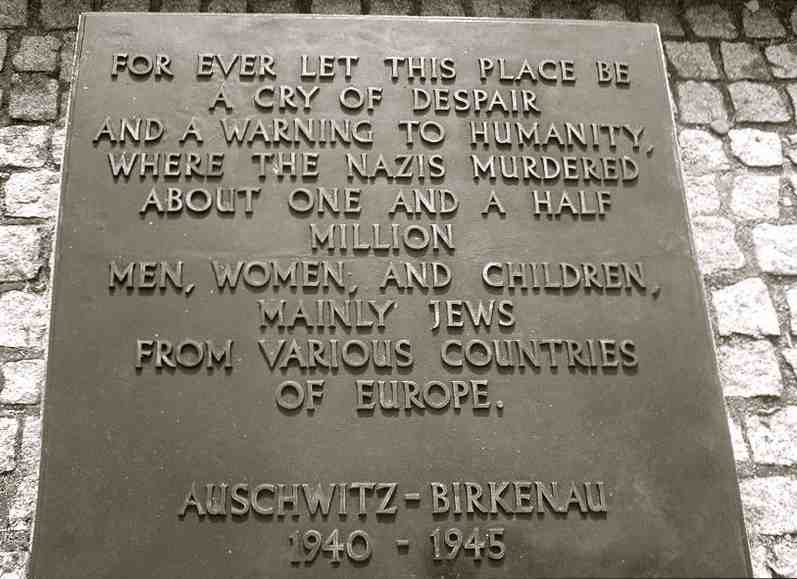
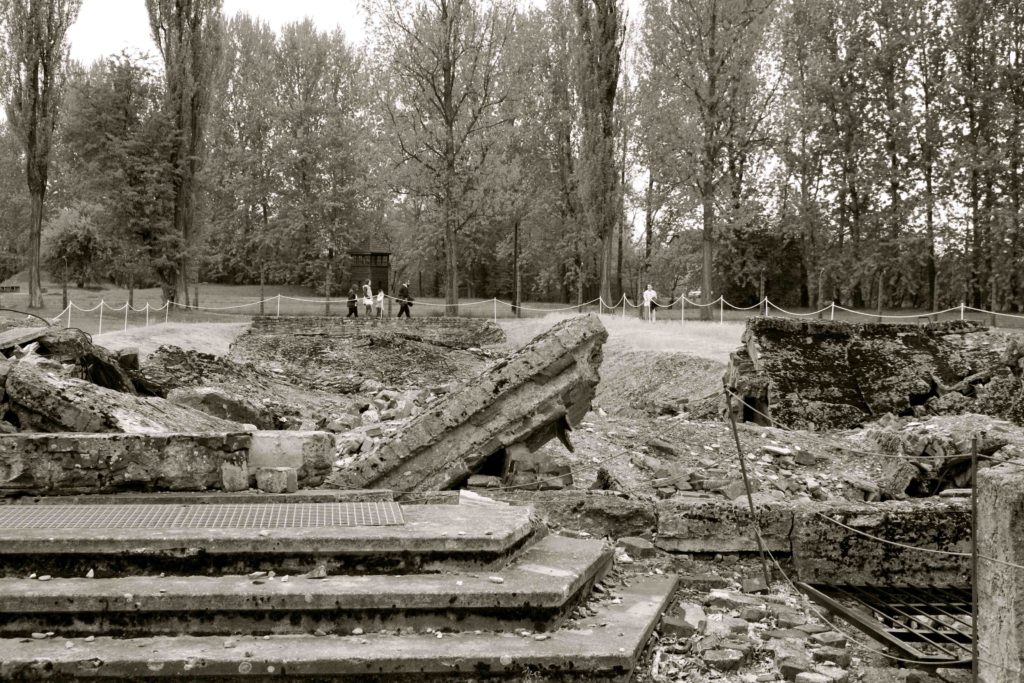
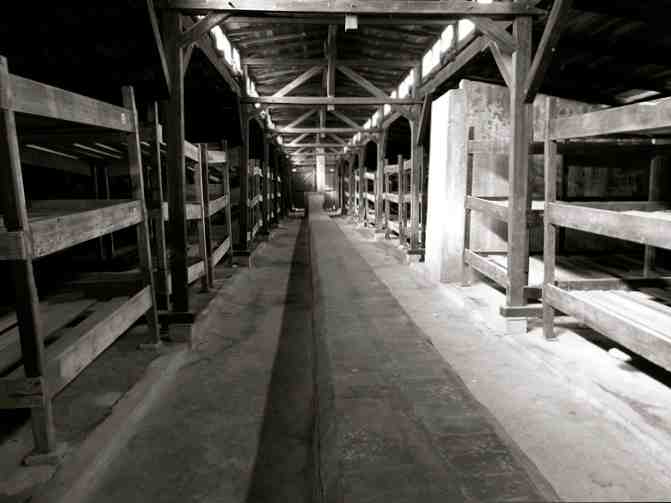
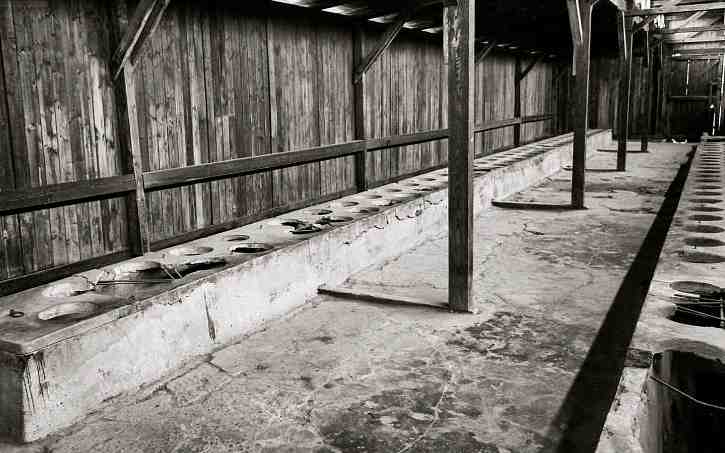
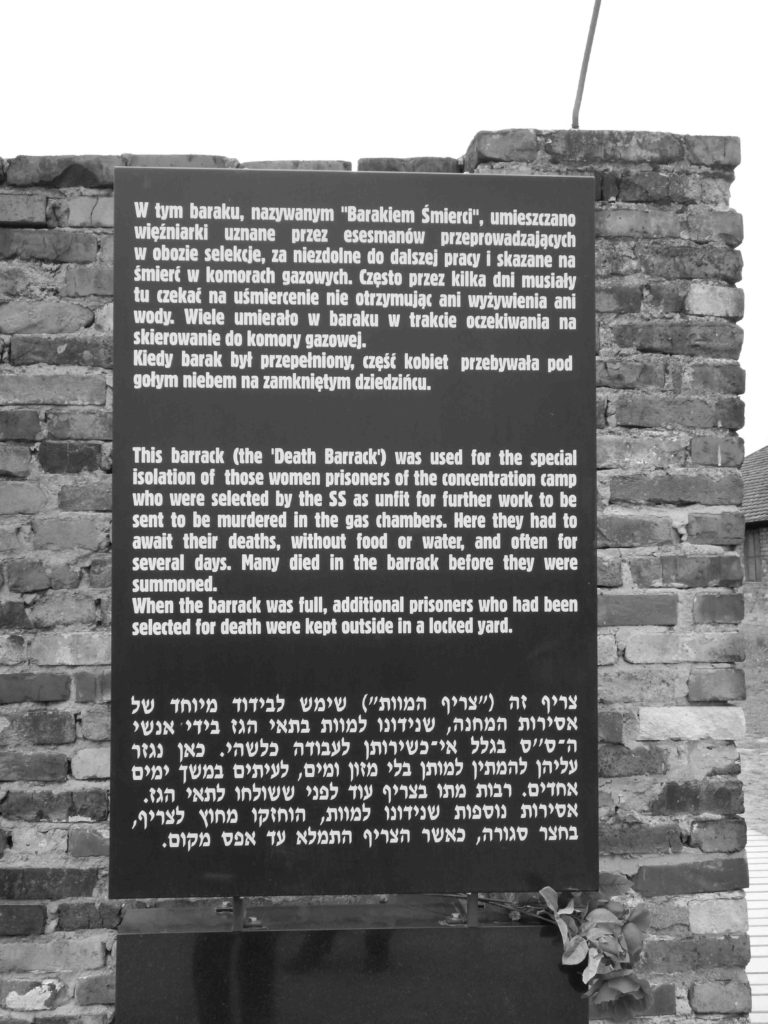
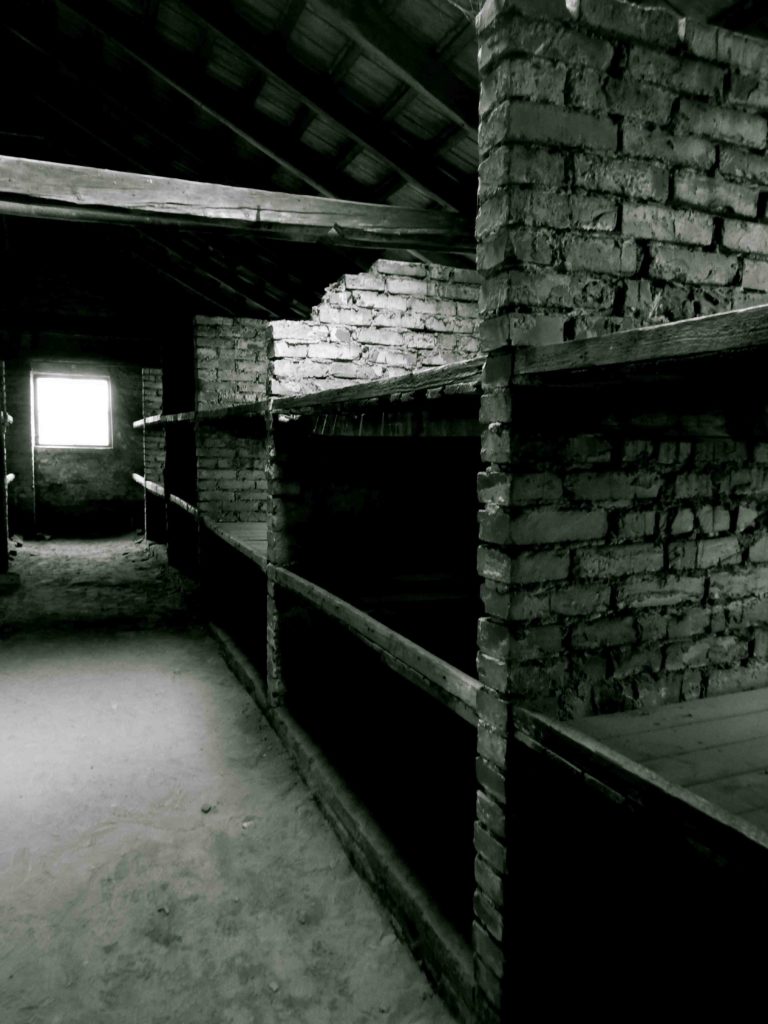
A sad heart breaking era of time. I have made a model of Auschwitz 1 (7.5 ft.× 5 ft.). At times, tears marked the panels. Thanks for your experience.
It definitely is. Have you been to Auschwitz yourself?